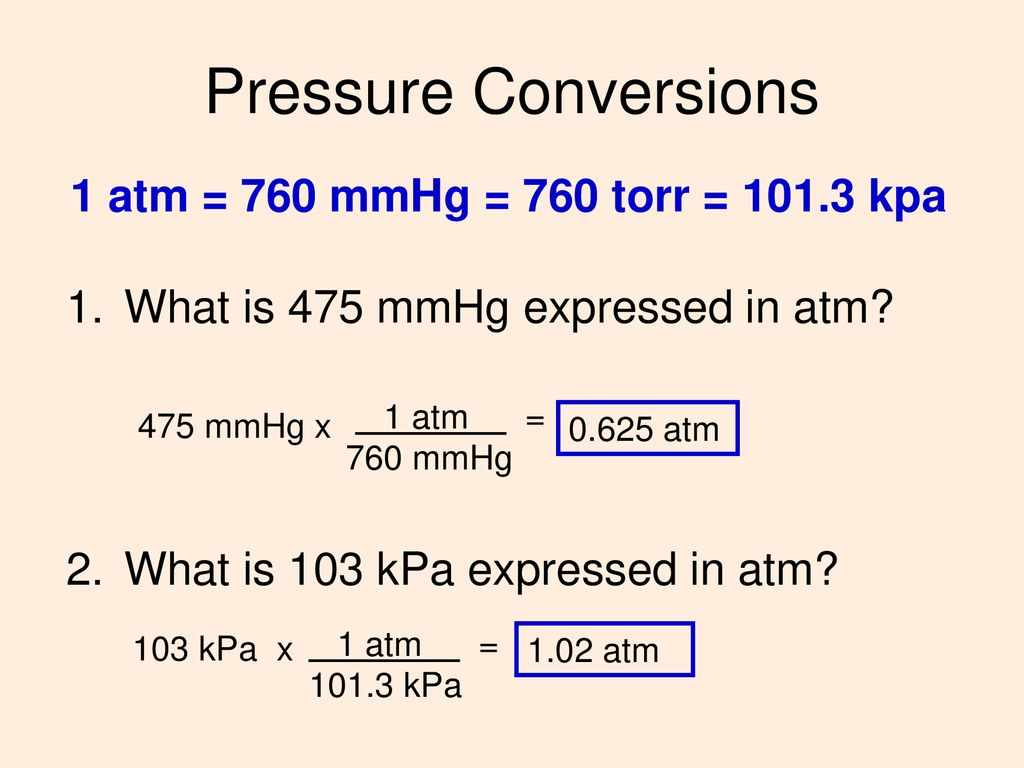

standard air capacity (SCFM) and inlet air capacity (ICFM).

Steam and Condensate - Steam & condensate systems- properties, capacities, pipe sizing, systems configuration and more.Material Properties - Material properties of gases, fluids and solids - densities, specific heats, viscosities and more.Boiling Points - Boiling points of elements, products and chemical species at varying conditions.Thermodynamics - Thermodynamics of steam and condensate systems.50% vacuum = 380 torr = 7.3 psia = 15 in mercury abs = 50.8 kPa abs.Vacuum (below standard atmospheric pressure)
#739 MMHG TO ATM FULL#
Vacuum is given as absolute pressure and pressure "below standard atmospheric pressure" (1 bara = 0 vacuum):įor full table with Vacuum and Water Boiling Point - rotate the screen! Absolute pressure The table shows the water boiling temperature at different vacuum pressure. 100 mm Hg is the same as =660 mm Hg absolute pressure) See also other properties of Water at varying temperature and pressure: Boiling points at high pressure, Density and specific weight, Dynamic and kinematic viscosity, Enthalpy and entropy, Heat of vaporization, Ionization Constant, pK w, of normal and heavy water, Melting points at high pressure, Prandtl number, Properties at Gas-Liquid Equilibrium Conditions, Saturation pressure, Specific gravity, Specific heat (heat capacity), Specific volume, Thermal conductivity, Thermal diffusivity and Vapour pressure at gas-liquid equilibrium.īoiling point as function of the pressure, given as "mm Hg below standard atmospheric pressure": See Water and Heavy Water for thermodynamic properties at standard condtions. Pressure Choose the actual unit of pressure:īelow, figures and tables show the boiling point of water at varying vacuum. Note! Pressure must be within the ranges 0-1000 mbara, 0-14.7 psia, 0-760 mm Hg or 0-30 in Hg. The output temperature is given as ☌, ☏, K and °R. The calculator below can be used to calculate the water boiling point at given, absolute pressures. The boiling point of a liquid varies depending upon the surrounding pressure.Ī liquid in a partial vacuum has a lower boiling point than when that liquid is at atmospheric pressure. The boiling point of a substance is the temperature at which the vapor pressure of the liquid equals the pressure surrounding the liquid, and the liquid changes into a vapor.


 0 kommentar(er)
0 kommentar(er)
